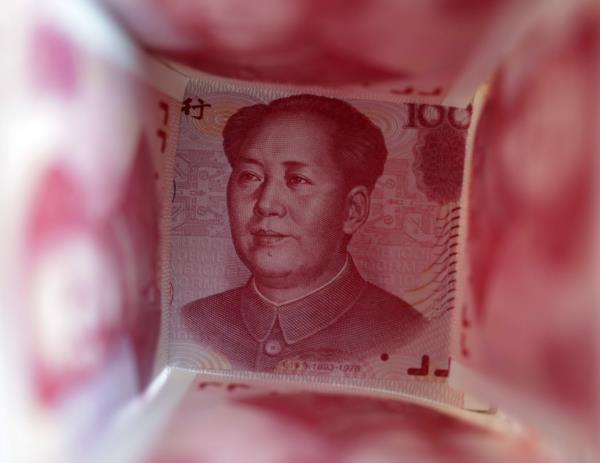
China's new yuan loans in February are expected to decrease from the record high seen in the previous month, according to recent reports. This decline comes as the Chinese government continues its efforts to rein in excessive borrowing and control financial risks.
In January, China recorded a surge in new yuan loans, reaching a record high level. However, analysts predict that this trend will not continue in February, with loan growth expected to slow down.
The Chinese authorities have been implementing measures to tighten lending standards and curb the rapid expansion of credit. This move is aimed at preventing the build-up of financial imbalances and reducing the risks associated with high levels of debt.
Despite the expected decrease in new yuan loans, China's overall economic outlook remains positive. The country has been experiencing a robust recovery from the impact of the COVID-19 pandemic, with strong growth in various sectors.
China's central bank, the People's Bank of China, has reiterated its commitment to maintaining a prudent and neutral monetary policy stance. This approach is intended to support sustainable economic growth while ensuring financial stability.
Analysts suggest that the moderation in new yuan loans could be a sign of the government's efforts to strike a balance between supporting economic expansion and preventing excessive debt accumulation. By exercising caution in lending practices, China aims to foster a more sustainable and resilient financial system.
As the situation continues to evolve, market observers will closely monitor China's lending data for further insights into the country's economic trajectory. The upcoming months will provide valuable information on the effectiveness of China's financial policies in managing risks and promoting stable growth.







